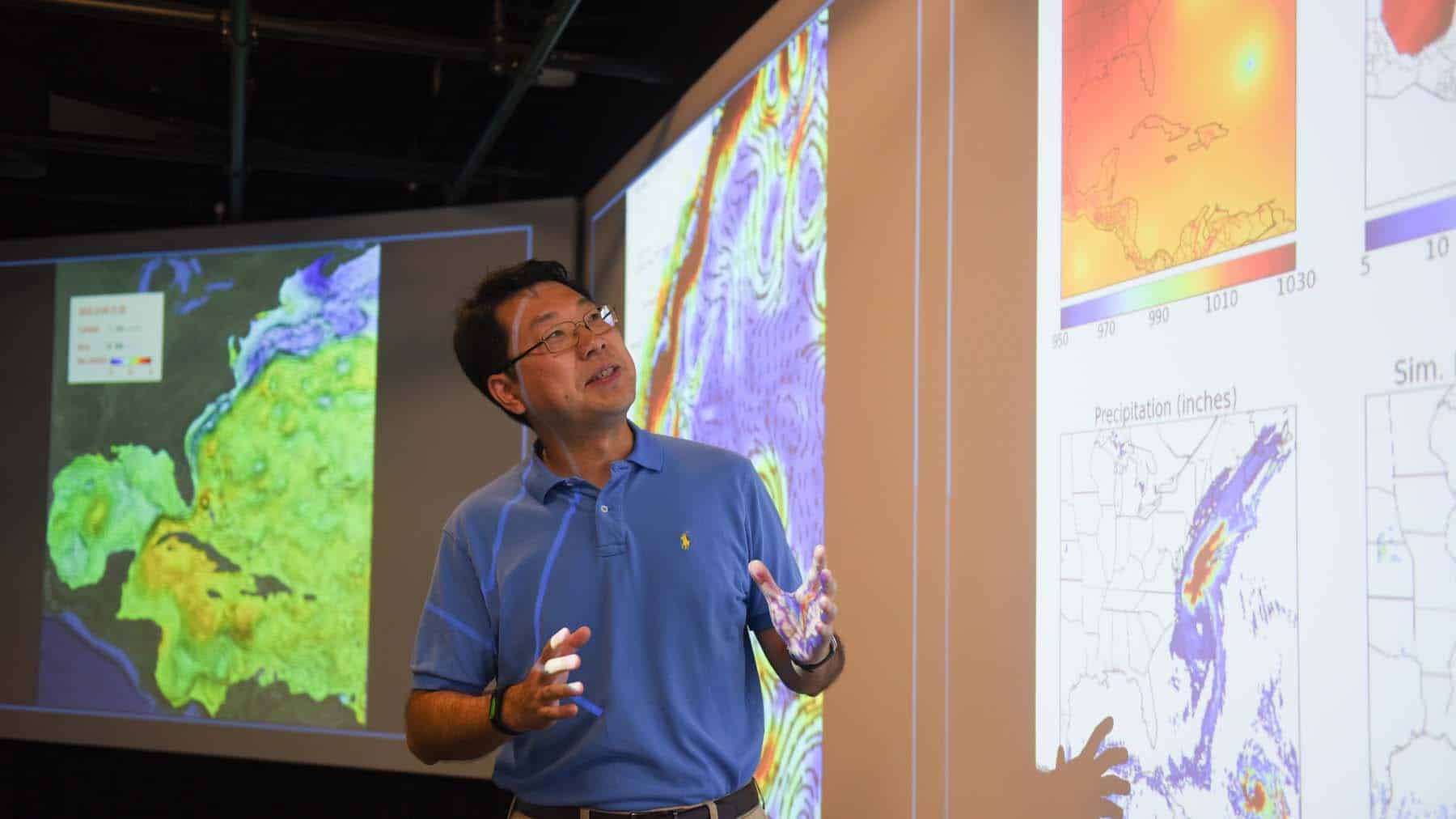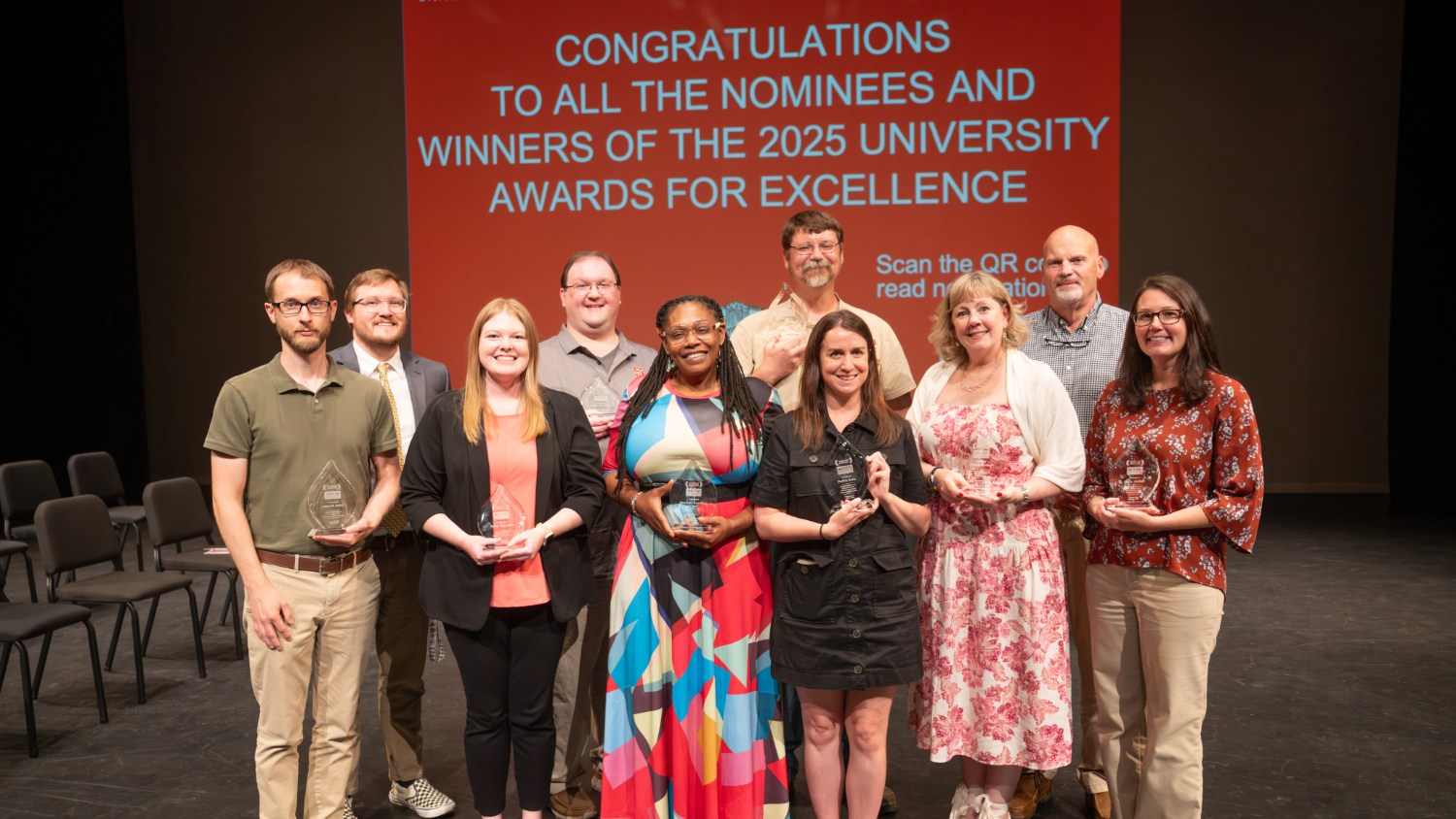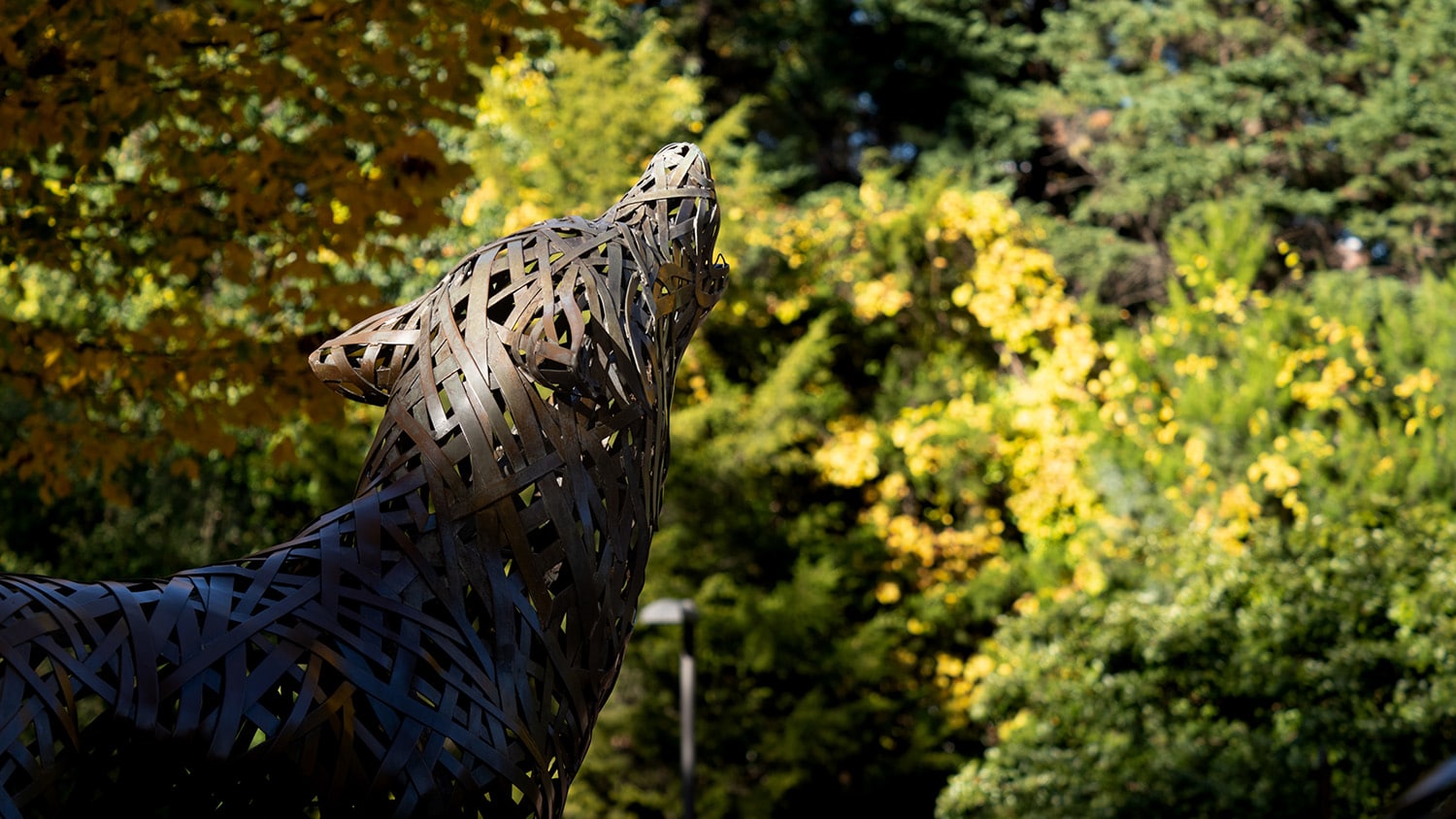Oceanographer He Awarded $2.1M Grant From National Academies

Ruoying He, Goodnight Innovation Distinguished Professor in the Department of Marine, Earth, and Atmospheric Sciences, has received a major grant from the National Academies of Sciences, Engineering and Medicine. The $2.1 million Gulf Research Program (GRP) award will support his work in understanding physical processes that control ocean circulation in the Gulf of Mexico.
He’s project will focus on using advanced data assimilative modeling and analyses to understand Loop Current and Loop Current eddy separation dynamics. The project will also evaluate Gulf of Mexico ocean prediction systems to better inform the design of the ocean observing system that the National Academies plan to implement in the next decade.
He’s grant is the largest of eight GRP projects, which are worth a total of $10.3 million. The program is a long-term research campaign to improve understanding and prediction of the Gulf of Mexico Loop Current System. Researchers will conduct studies and collect observations that will inform the planning and launching of the long-term research campaign.
NC State is the lead institution on He’s project, with collaborating institutions/partners including Scripps Institution of Oceanography; Massachusetts Institute of Technology; Florida State University; University of California, Santa Cruz; Center for Scientific Research and Higher Education at Ensenada; the US Naval Research Laboratory; and Chevron.
He is a prominent oceanographer who joined the NC State faculty in 2007. His research expertise includes ocean circulation dynamics, air-sea interaction and marine physical-biogeochemical interactions. As the director of the Ocean Observing and Modeling Group, he leads a team of researchers that conducts coastal ocean observations; performs remote-sensing data analyses; and develops predictive models of ocean circulation, air-sea-wave interactions and physical-biogeochemical couplings.


